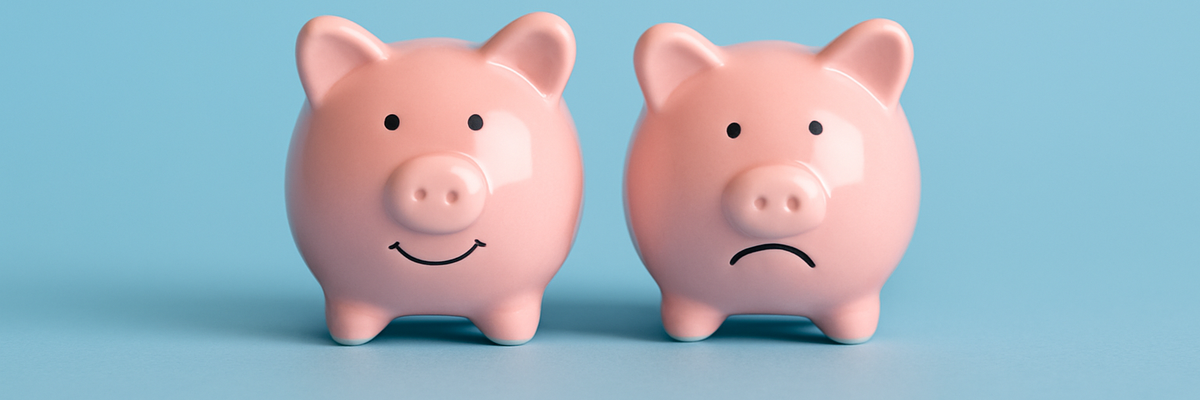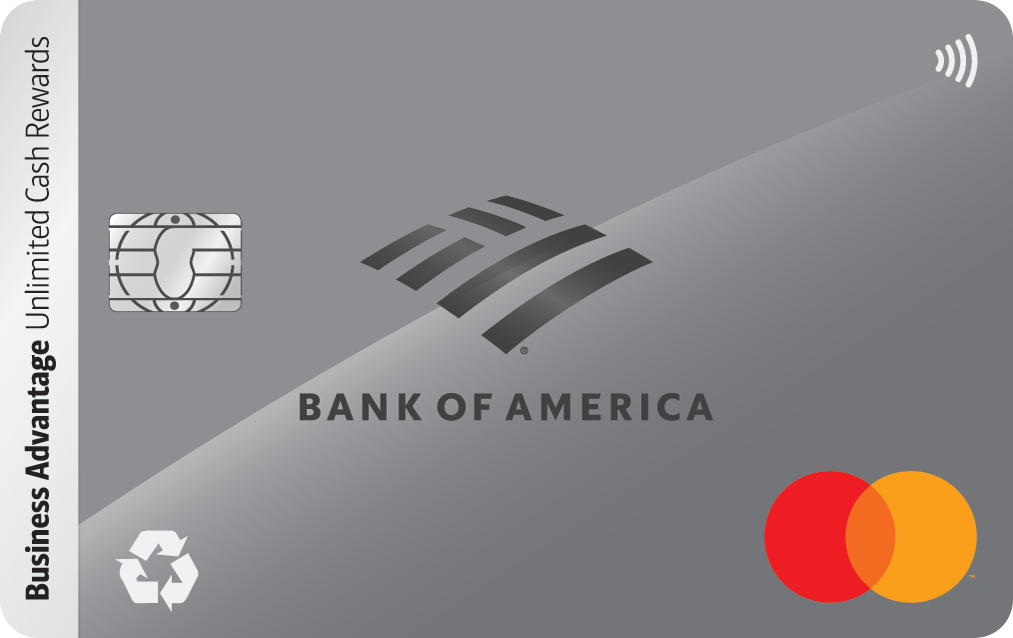Have a Bank of America Savings Account? You're Probably Missing Out on $300-Plus a Year

Bank of America is a big, popular bank, with thousands of branches and millions of customers.
And those millions of customers are getting a terrible return on their savings.
Bank of America's standard savings account offers a shockingly low annual percentage yield (APY) of just 0.01%. Even if you're a Preferred Rewards member with over $100,000 across your Bank of America accounts, the APY only increases by a few hundredths of a percent -- that's just sad.
Meanwhile, the best high-yield savings accounts pay APYs of about 4.00% or more -- 100 times as much as Bank of America's top rate.
Let's break down how much that difference can cost you -- and how to make the switch in minutes.
You might be leaving hundreds of dollars on the table every year
According to the latest Federal Reserve data, the median balance for U.S. transaction accounts (checking, savings, etc.) was around $8,000 as of 2022.
If you have that amount in savings, here's how much interest you could earn over time:
| Time Period | Bank of America (0.01% APY) | High-Yield Account (4.00% APY) |
|---|---|---|
| 1 year | $0.80 | $320 |
| 5 years | $4 | $1,733 |
| 10 years | $8 | $3,842 |
Over the course of a decade, the high-yield savings account would earn you $3,834 more.
Granted, savings APYs can change at any time. But even (especially!) if they drop, you'll be much better off with a high-yield savings account.
One of our favorite savings accounts, the CIT Platinum Savings account, pays 4.00% APY for balances of $5,000 or more -- and it has no monthly fees. Click here to open an account and make the switch today.
Switching bank accounts may sound like a headache -- and the big banks know you don't want to do it, which is part of the reason they get away with paying rock-bottom rates.
But I have good news for you…
Switching banks is fast and easy
Moving your savings to a new account is easier than ever. The top banks allow you to open an account online or through their mobile app. That part takes minutes. There are a few extra steps after that, but those should take no more than an hour.
Here's how to make the switch:
- Pick a high-yield savings account (and make sure the bank offers a checking account if you need one)
- Open your new account online
- Transfer your money from your old Bank of America account
- Update any direct deposits or automatic payments tied to your old account
- Close your Bank of America savings account
Just like that, you've joined the growing number of Americans who are finally getting a good deal on their savings.
So don't wait. Open a high-yield savings account today and start earning the interest you deserve.
Should you keep your Bank of America account?
There may be some benefits to keeping your Bank of America savings account open.
Access to bank branches
If you frequently deposit cash, or withdraw large amounts of cash, then you probably want a physical branch nearby.
In that case, you can keep your Bank of America account open -- but keep no more cash than necessary in it. Then, if you get a bunch of cash on your birthday, you can deposit it at the local B of A branch, then transfer it to your high-yield savings account.
Note that Bank of America will charge you a monthly maintenance fee if you don't meet certain requirements. The easiest way to avoid fees is to maintain a savings balance of at least $500.
Relationship benefits
Bank of America offers benefits to customers who use a combination of its deposit accounts, brokerage accounts, and credit cards. If you're a fan of Bank of America's non-savings products, then it may be worth keeping your B of A savings account open just for those perks.
Still, you'll want to keep as much of your cash as possible in a high-yield account.
Long story short: If you have a Bank of America savings account, there's no reason at all not to open a high-yield savings account and start earning more interest now.
Our Research Expert



